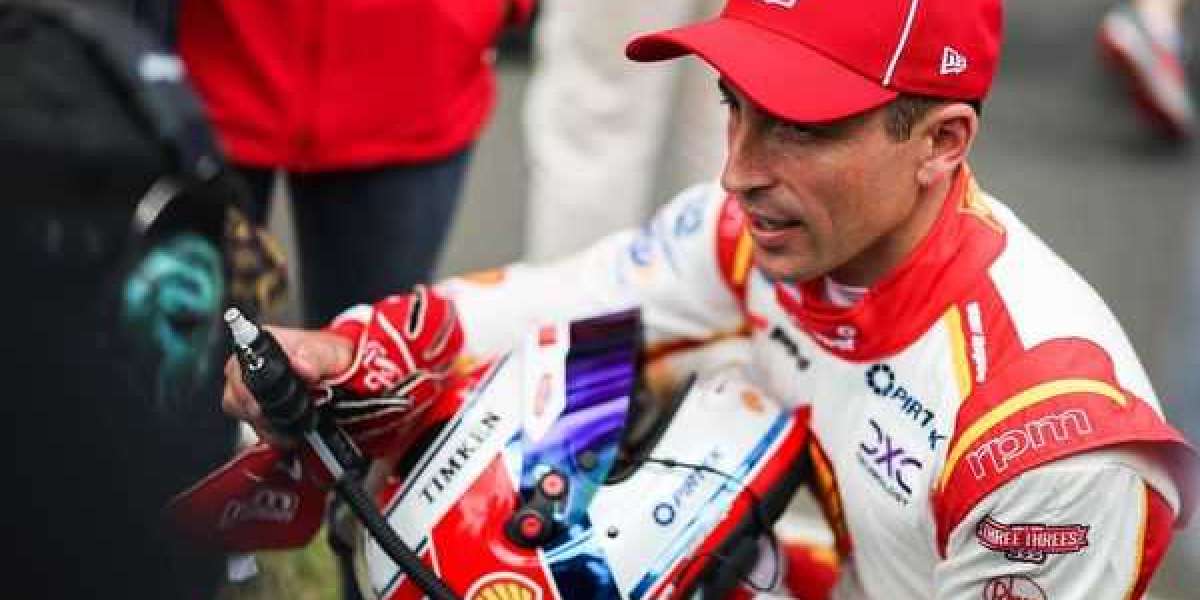Rocket League has been a sensation since its launch. The game went free to play a while back, which easily makes it essential to have in everyone’s library. It’s easy to play with friends locally or online, and should therefore be a go-to for multiplayer sessions with friends close by and far away.
Learning how to hit the ball
In your first few dozen games, the hardest part of Rocket League will be actually hitting the ball. Don’t get discouraged, you’ll improve quickly. Once you start to get the hang of movement and momentum to the point where you can consistently hit the ball, there are a number of techniques to start thinking about when it comes to ball control.
One of the most simple distinctions when it comes to striking is whether you hit the ball while your car is in the air or on the ground. If you run into the ball while your wheels are all on the ground, the ball will pop up into the air due to the shape of your car’s hitbox. If you want the ball to stay on the ground during a shot on goal, for example, you want to jump into the air right before hitting the ball or dodging into the ball. By striking the ball in its middle or top portion, you’ll propel the ball forward but not upward. This minor maneuver is often the difference between hitting the ball in the goal or hitting it over the goal.
Obviously there are a lot more striking techniques to learn, but a lot of learning how to handle the ball is trial and error. If you want to quickly improve your ball handling skills, the best advice is to go into a free play practice match with just you and a ball. Hit the ball around for a while and get used to the physics. If you want to really step up your control, there are a ton of great training maps built into the game that will test your striking, aerial abilities, and goaltending abilities. Each training mode has different levels ranging from novice to advanced.
As you continue to get a feel for the physics of the game, eventually you’ll learn how to hit the ball in the air, dribble the ball on top of your car, and much more.
Float and flight
Your cars in Rocket League can jump, rotate in the air and can even boost while in the air. Aim your car’s boosters towards the ground, and you can actually push yourself into the air like a rocket ship. Yes, that’s right – Rocket League has aerial gameplay.
Mastering flight in Rocket League is a matter of practice – just keep playing games and keep attempting to fly. Eventually, you’ll feel comfortable with it. One good way to practice is floating in front of your goal, tapping the boost button in a set rhythm, ready to save.
Modes
Rocket League offers three different categories to keep players interested and keep the game feeling fresh. Casual is composed up of four different modes, 1s, 2s, 3s, and Chaos (4v4). Casual is mainly used for warming up before heading into competitive, or just having fun with friends who may be lower ranked than you in competitive. You will not rank up, or de-rank in casual, however, you will still gain MMR (Match Making Rating) which will put you against players of similar skill-sets. Casual is also good for learning new mechanics such as wave dashes, ceiling shots or flip resets, or even play-style changes such as rotations or playing more aggressively. Competitive is the next category and is also where the majority of serious gamers will reside.
Competitive is made up of the same modes as casual, apart from the exclusion of Chaos. After ten placement matches, you will be given a rank, this is based on how many games you won, compared to lost during those placements. From there, if you keep winning, you will keep ranking up, and the ranks go as followed Bronze, Silver, Gold, Platinum, Diamond, Champion, Grand Champion, and Supersonic Legend. Each of these ranks will have sub-categories, for example, Bronze 1, 2, and 3, then Silver 1,2, and 3. Going even further, the sub-categories will have subcategories, such as Bronze 1 Division 1, 2, 3, and 4, then Bronze 2 Division 1 2, 3, and 4. These ranks give players something to strive for each season and see their progress the more they play.
At the end of the season, Psyonix puts out season rewards, these are in-game items that players can equip to show off their highest rank they've reached from previous seasons, and these rewards can be in the shapes of wheels, boosts, banners, or even goal explosions. The last category Rocket League has to offer is Extra Modes. Hoops, Dropshot, Snowday, and Rumble can all be found here, and much like competitive, you do get ranked in any of these modes. Dropshot is a game-mode where your main objective is to hit the ball on the opponent's floor, much like volleyball, this will cause the floor to break and leave holes which will, in turn, act as the goal.
Centering the ball
There is one strong method of setting up goals for teammates as a beginner in Rocket League. This is by using the backboard (the wall around the goal) and the connecting corners to get the ball to drop above your opponent’s goal.
In the example below, by striking the ball into the corner or directly at the backboard beside the goal, players can get the ball to fall and bounce right in the face of their opponent’s goal. This is a great opportunity for teammates to then strike by jumping or doing an aerial.
Credits are used to purchase neat cosmetics in Rocket League. This guide will help players learn how they Buy Rocket League Credits in the game. In short, now you know a little everything there is to know about the items available within Rocket League. You just have to put in place the procedures outlined in this guide to get the credits. https://www.igv.com/Rocket-League-items is a safe webiste to trading rocket league itmes, you can try.








